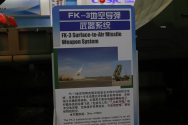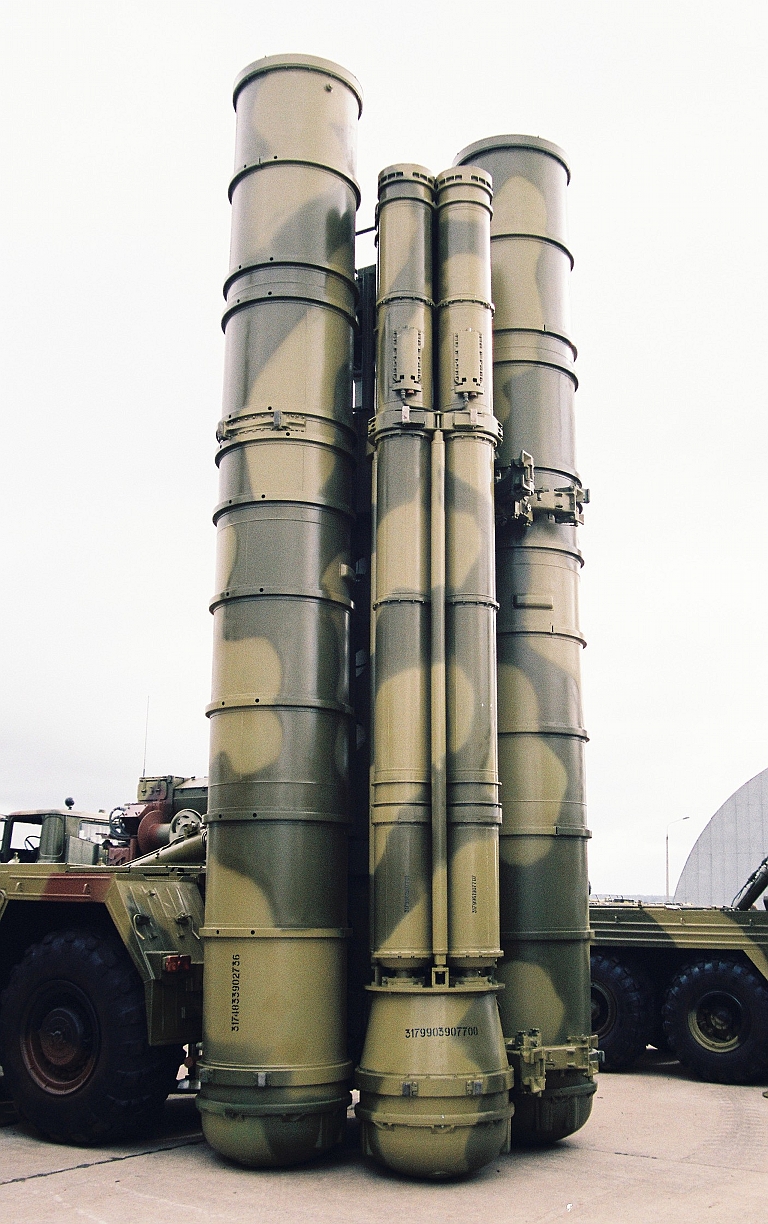Seeking a common TEL or vehicle base is not unreasonable at first glance.
Everyone likes modularity, on paper.
But the HQ-9 TEL is sized to be able to hold HQ-9 sized missiles, and they are not small weapons -- nearly 7m long. A TEL for a given weapons system is chosen based on the length of the weapon as well as the total magazine size/total diameter.
A MR SAM like 3-5, will almost certainly be significantly shorter. ESSM is 3.64m long. I do not expect 3-5 to be significantly longer than 4m, let's even say 4.5m.
Seeking to adopt the same TEL for the weapons of two such different sizes means that your smaller weapon will be wasting space (in almost all cases --
length) on the TEL which inevitably has to be sized for the larger weapon.
And if you are wanting to even install multiple weapon sizes on the same TEL, then on top of the suboptimal use of space/length, you add even more complexity not only to logistics, but to the fire control and command/control for your SAMs as well.
Now, if you are a smaller military and you have a demand for LR SAMs and MR SAMs but the quantity of demand is relatively low, then going for a common TEL is fair. You can perhaps eat up the suboptimal use of inappropriately sized TELs, because you'll end up buying only a small number of them.
But we are talking about the PLA, and any demand for LR SAMs and MR SAMs is fairly large, and suboptimal TEL procurement will end up biting into their procurement costs and logistics difficulties.
I would also add that for land based air defense, in a given theater you would have a layered defense of LR SAMs and MR SAMs operating in conjunction with each other -- you do not literally need to have multiple different sized LR SAMs and MR SAMs on the same physical TEL to effectively conduct engagements against a variety of different targets.
The comparison with modular MLRS is inappropriate, because there are only a few types of "modular MLRS" that exist in the world, and the ones which are "modular" make sure that the missiles which can be changed out are of a similar length to each other so that the space on the vehicle is not wasted.
For example, M270 and HIMARS are both able to swap out a six pack of M26 227mm rockets for a single ATACMS -- however the ATACMS is of a similar length to the M26 227mm rocket but has a significantly larger diameter. That ensures the length of the vehicle is not wasted.
For the PLA, they have the PHL-16/PCL-181 MLRS which are able to accommodate the 370mm and 300mm rockets (8 of the former, 10 of the latter). This is also relatively sensible, because the 370mm and 300mm rockets are of similar length to each other.
However, you might note that the PLA has 122mm MLRS in service -- but note how they are not placed on vehicles equipped with 300mm rockets?
That's because the length difference between 122mm rockets and 300mm rockets are so large, that placing 122mm rockets on a vehicle intended to be capable to carry 300mm rockets, is a massive waste of space.
China has offered some vehicles for export which can carry 122mm rockets and other slightly larger systems on the same vehicle, and the difference in length and the waste of space is quite comical.... and this system below (SR5) is showing 122mm and 220mm rockets (the latter of which the PLA doesn't even have in service)! Imagine how a 122mm rocket load and a 300mm rocket module would look next to a 122mm rocket module.
It would be completely nonsensical.
=====
So in short, I understand the desire for having a modular system, but modularity always incurs some costs.
Sometimes the costs are worth it, or sufficiently low to warrant modularity.
But in the case of seeking a common TEL or a mix-match capability
for the PLA's HQ-9 sized TELs for smaller SAMs -- no. The PLA is too large, and the difference in size between HQ-9 and proposed smaller SAMs like a land based 3-5 missile, would make sharing a TEL across the entire fleet too inefficient.
It would be better just to have dedicated vehicle classes for each category of SAM.









